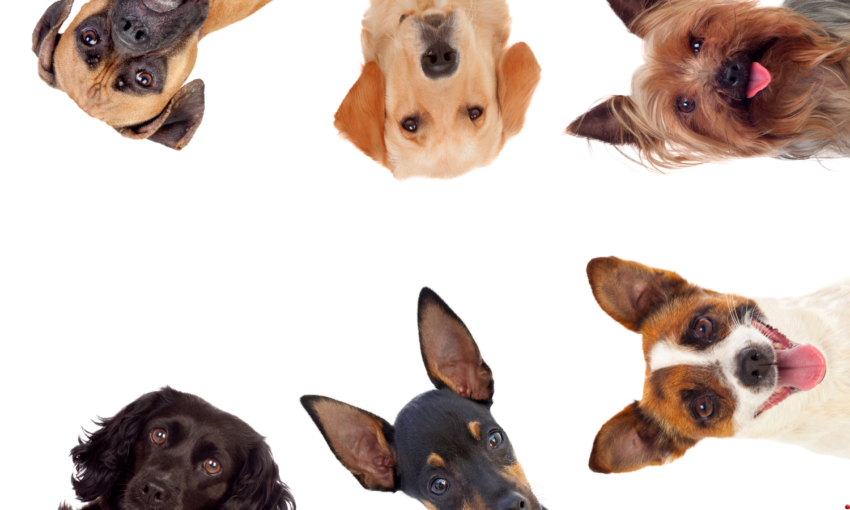Heather Ainsley
news@greenepublishing.com
The popular phrase, “the dog days of summer” describes the days of late summer, but many may not be aware of the origin of the phrase. The “dog days of summer” refers to a 40-day period that spans the end of the summer months when the hot weather reaches its highest peak. This time frame closely follows the summer solstice, generally starting on July 3 and lasts until Aug. 11. During this time, the weather becomes particularly hot and humid.
This time period gets its name from an astrological event that takes place each summer, when the sun occupies the same region of the sky as a star called Sirius, also known as the “Dog Star,” which is part of the constellation Canis Major, “The Greater Dog.”
There is a single day of summer where Sirius and the Sun align, rising and falling in perfect conjunction. The dog days of summer are the 20 days prior and the 20 days after this celestial event. This time period is often the final hot stretch before the cooler autumn temperatures.
The ancient Romans believed that, because of the brightness of the star, Sirius must also give off enough heat to affect Earth. Of course, this isn't true, but this early belief resulted in the “dog star” being blamed for the hottest days of the year, hence the term “dog days of summer.”
This time period can also be a critical time for your actual dog. While the true origins of the phrase don't have any specific connections to your dog, it cannot be denied that the dog days of summer can be tough.
To ensure the wellbeing of your dog, it may be necessary to change your routine. With the following tips, you can help keep your canine cool.
1. Provide fresh, cool water for your dog at all times, especially if they spend time outside. You may even wish to install a kiddie pool full of cool water they can drink and lie in when they get overheated.
2. Provide shade for your dog while they are outside. A dog-house is not sufficient, as they retain heat, making it hotter inside the doghouse. An enclosed doghouse with no ventilation can actually add to your dog's discomfort. Keep any dog shelters well ventilated and elevated off the ground to help release trapped-in heat. Provide cooling mats, cotton bedding and fans rather than wood shavings or soft, wooly beds.
3. Schedule your dog's playtime or walks in the morning or evening, to avoid the heat of the day. Touch your bare skin to the ground where your dog will be walking; if you wouldn't walk barefoot on the hot roads, don't ask them to.
4. If your dog is older or is very young, take them on shorter walks. Old dogs and puppies are at a higher risk of overheating, as are dogs with long, thick or dark fur and dogs that are overweight. Heat stress can happen in just a matter of minutes.
As the days grow longer, and the sun gets hotter, it is our duty to provide a comfortable and safe living arrangement for our pets.

